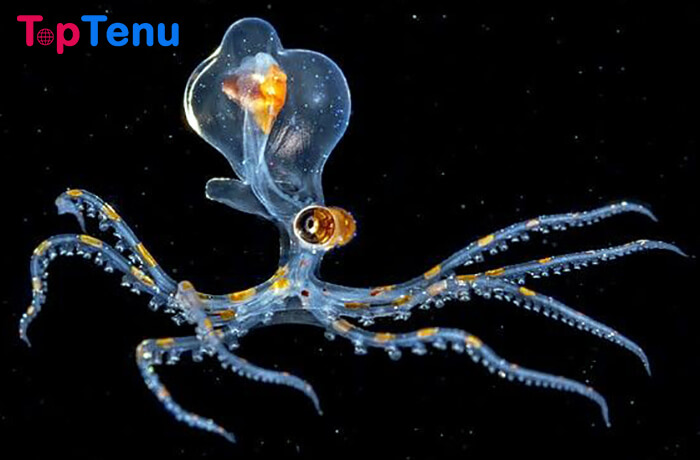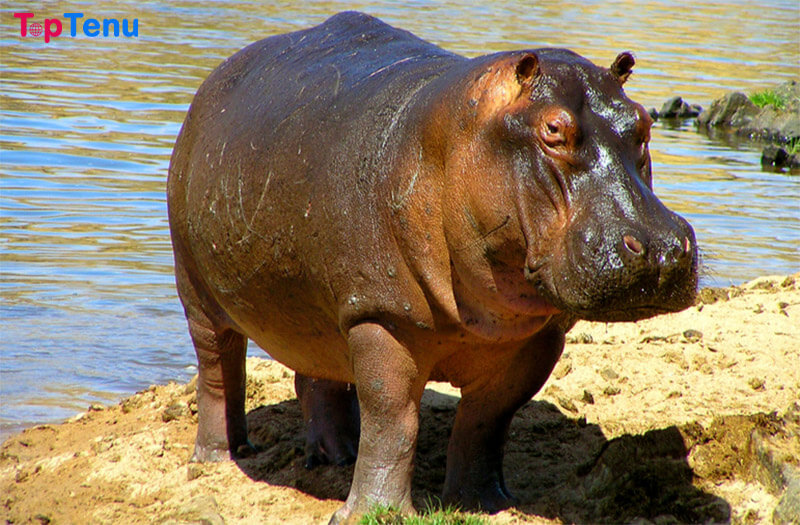Incredible Fossils Recently Discovered!
Whether it’s a new dinosaur species discovered in someone’s garden by mistake, proof of sea monsters revealed, or a fossilized superhighway of prehistoric activity in Scotland, here are 13 incredible fossils recently discovered.
1. A New Species of Dinosaur
In 2005, the dinosaur enthusiast was digging on his Montana ranch when he stumbled upon some large and mysterious bones. The remnants included a half skull, backbone, hip, and legs, all of which were sent to the Canadian Museum of Nature for analysis.
Ten grueling years passed by— for dinosaur evaluation is no quick task, before the museum finally worked the bones out to belong to a whole new species of dinosaur. Named Spiclypeus shipporum, this spiky-headed beast roamed the planet 80 million years ago and is closely related to the Triceratops.
2. Pliosaur
A mysterious find occurred in 1997 when John Lambert from Ipswich, U.K. Experts astoundingly professed that the bone belonged to a 250-million-year-old pliosaur. This variety of extinct marine reptile was from the Jurassic and Crustaceous periods, resembling a crocodile-like short-necked creature with large heads and massive toothed jaws. What made the find even more perplexing, however, was that pliosaurs were not native to the English sea.
3. Wooly Mammoth Bone
In 2010, a family was picking fruit in their wooded backyard when one of their children spotted a white object protruding from the ground. After digging it out, they discovered it was a large femur. Scientists from a local university later identified it as a 12,000 years old wooly mammoth bone.
After paleontologists came to the home, they soon discovered many more bones around, with only the giant mammoth skull missing.
4. Hammerhead Reptile
The skull of a Triassic ocean-dwelling reptile called Atopodentatus was depicted as having tiny, needle-like teeth and appeared to be filter-fed. Fortunately, the discovery of a new specimen in 2016 revealed this marine reptile to have a bizarre “hammerhead” instead.
5. Hellboy
The creature whose real name was Regaliceratops peterhewsi, lived during the Late Cretaceous period— an astonishing 66 million years ago. Experts hailed Regaliceratops peterhewsi as the “most impressive horned dinosaur discovery since Triceratops.”
6. The Bat-Winged Dinosaur
The newly discovered dinosaur Yi qi is magnificent in its own accord; in fact, the creature is one of the closest dinosaur specimens related to modern birds. Yi qi had a membrane between its fingers reminiscent of aerial gliding capabilities.
7. Sea Monster
In 2016 a paleontologist by the name of Victoria McCoy closely examined the morphology of over 1,200 Tully Monster specimens. Finally, the true identity was revealed— the species which lived 300 million years ago was a jawless fish-like vertebrate called a lamprey.
8. Yutyrannus
Yuturannus, was discovered in 2012, scientists found that this early Cretaceous meat-eater was also a tyrannosaur, which lived in Asia 50 million years before the North American rendition of T. Rex, had a sleek coat of beautiful brown feathers. This means that all tyrannosaurs had feathers at some stage of their life cycles.
9. Heart Impressions
Due to incredibly well-preserved fossils, a team of scientists from Brazil, Sweden, and France were able to peer inside of a 13-million-year-old fish in order to glimpse the oldest vertebrate chambered heart ever discovered. The Brazilian fish called Rhacolepsis buccalis was an exceptional find because, for the first time, researchers can race cardiac evolution in vertebrates.
10. Skin Impressions
The village Vallcebre is where the scaly impressions can be seen, and the fossilized skin is approximately 66 million years old. These fossils preserve one of the last, very detailed glimpses of these majestic creatures before they became extinct.
11. Human Footprints
For years the only human footprints ever found at the Laetoli early human site in Tanzania were those discovered by scientists Mary Leakey in 1976. In 2016, however, researchers from both Tanzania and Italy revealed a new site containing additional 3.6-million-year-old Australopithicus afarensis footprints.
12. Dinosaur Footpath
The discovery was not of bones but rather, a host of massive footprints, revealing where the prehistoric creatures walked, lived, and fed 170 million years ago.
13. Sinosauropteryx
This discovery marked the first of a remarkable series of discoveries of “dino-bird”— that is, unmistakable impressions of primitive, hair-like feathers— the first ever detection of these kinds of features on a dinosaur. This particular discovery occurred in China’s Liaoning quarry, in which the extremely well-preserved fossil of Sinosauropteryx betrays these same bird-like characteristics.




